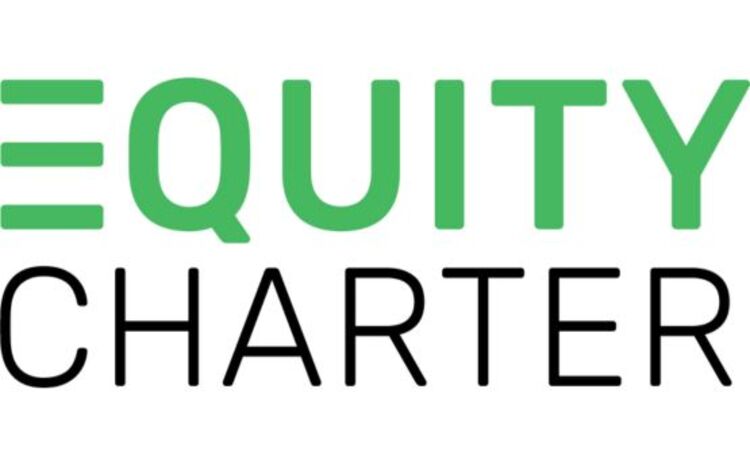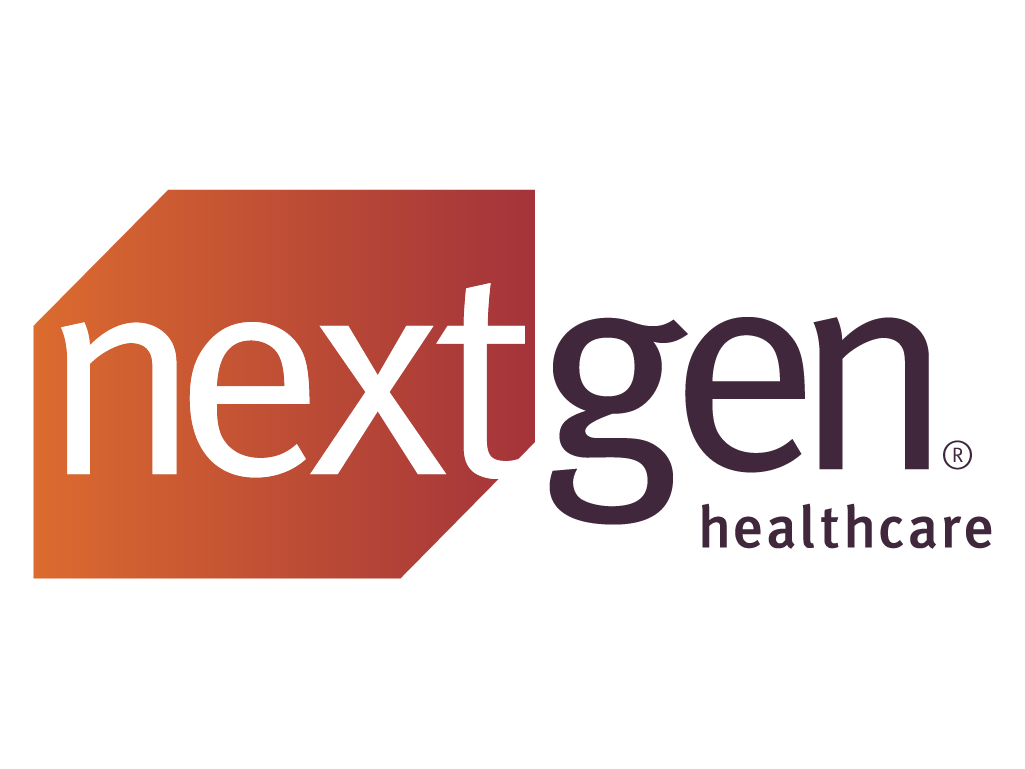As population health initiatives for Medicare and Medicaid members pick up steam, one of the biggest obstacles to care transformation remains a lack of trust among healthcare’s key stakeholders.
It’s an issue leaders must address—starting at the user level—if they are to strengthen health outcomes for the country’s most vulnerable patients.
Unlocking value from population health management depends on stakeholders’ trust in the data that drive population health insights and the platform used to deliver those insights to clinicians, leaders at a national population health colloquium shared last fall. That’s especially true at a time when analytics platforms may change every few years and when collection of data used to power these insights, such as social determinants of health data, is inconsistent.
Trust also stems from usability, or how easily clinicians and case managers can leverage a population health platform to determine which patients are most at risk or show signs of emerging health risks. Yet too often, analytics platforms are not designed with users in mind. This increases the learning curve for using the platform. It also adds a layer of frustration for case managers, making it difficult to gain visibility into what is driving care utilization and costs for specific populations and where requests for care authorization stand.
For health plans and providers, overcoming these trust barriers requires leaders to double down on these pain points if they are to strengthen their team’s impact on population health.
The Business Case for Building Trust
The federal government is placing big bets on population health management’s potential to improve health outcomes for the nation’s most vulnerable patients while reducing care costs.
In September 2023, the Centers for Medicare & Medicaid Services (CMS) announced it would partner with states to redesign their approach to population health management through the States Advancing All-Payer Health Equity Approaches and Development Model (AHEAD). Under this initiative, CMS would issue funds to up to eight states to test approaches for improving management of chronic disease, behavioral health, and other medical conditions, with each state receiving up to $12 million in funding. So far, Maryland, Vermont and Connecticut have been selected to participate.
Meanwhile, as the number of seniors aging into Medicare increases, the U.S. Department of Health and Human Services has proposed a physician payment rule that would expand whole-person care, “advancing HHS’s goal of a healthcare system that not only treats those who are sick, but also keeps people well.” Among the proposed initiatives: a new, advanced primary care management bundle and new payment and coding for cardiovascular risk assessment and cardiovascular care management. These are areas where a healthcare provider’s ability to effectively manage patients with complex care needs could affect the financial livelihood of a practice or group.
In this environment, healthcare providers and managed care organizations must not only have confidence in the tools they use to assess health risks, but also in their team members’ capacity to leverage these tools to ensure the right patients receive the right interventions at the right time. But unintended barriers can cripple case managers’ efforts to gain a better view into a populations’ health needs. These barriers range from lack of standardized processes to population health management platforms that don’t integrate easily with legacy systems, including those used by partners across the care continuum. They also include lack of continuous customer support to ensure clinicians understand how to optimize the platform.
Unless leaders can build confidence and trust in these tools at the case management level, they will struggle to succeed in improving health outcomes on a large scale and advancing health equity. That’s a risk that organizations can’t afford to take.
Action Steps for Better Population Health Value
How can health systems and managed care organizations more effectively support case managers in leveraging analytics platforms to manage the health of vulnerable populations? Here are three key insights.
- Take a user-centered approach to technology adoption and implementation. KPMG identifies this as a core element for long-term success. Examine your existing platform from the perspective of case managers to determine: Is the platform easy to learn and navigate? Does it provide a view into patients’ health beyond their medical history, such as their social determinants of health? The ease with which clinicians can access information and customize their view to get the information they need most ultimately will determine their impact. This is especially true in an era of rapid discovery and evolving use cases for prescription medications, including the use of GLP-1 medications, which experts believe could see expanded coverage under Medicare plans, such as to reduce the risk of heart attack or stroke.
- Assess the platform’s capacity to compare health risks against similar populations nationally. The best platforms give case managers access to a regional and national view into health risks. This information empowers case managers to dig deeper into the trends they are seeing to determine whether there’s a need for specific interventions on a broader scale. Such interventions might include the need for more robust postpartum follow-up to mitigate the risk of complications after discharge or school-based clinical support for children with asthma or diabetes or those who struggle with obesity. Pro tip: Ask whether the platform allows case managers to leverage learnings from peers around ways to strengthen their approach.
- Examine the potential for long-term support. The right vendor will commit to continuous education for case managers and clinicians who use the platform. That’s vital at a time when the science of population health management is rapidly advancing and analytics capabilities are becoming more powerful. The platform also should be able to accommodate a growing population, as health plans and health systems will likely care for a higher percentage of Medicare patients as more seniors age into Medicare.
It’s also important to ensure the tool demonstrates a measurable time savings for case managers by streamlining program planning, assessments, and development of personalized care plans. A population health management platform is only as good as its value to clinicians.
By taking a clinician-first view into an organization’s population health management approach, leaders can better support tools and processes that have the greatest potential to make an impact where it matters most. That’s vital for establishing trust and engagement among clinicians and, ultimately, with patients.
About Neena Patel, MHA, CSM
Neena Patel, MHA, CSM is the vice president of client success at Chordline Health. She has over 13 years of experience in healthcare both client-facing and operations. At Chordline, Neena oversees the account management, the PMO office, and technical support teams. She specializes in managed care operations, case management, regulatory requirements, and utilization management. Prior to joining Chordline, she was the Healthcare Program Manager where she was responsible for consulting with various departments to identify inefficiencies and create solutions based on best practices.











